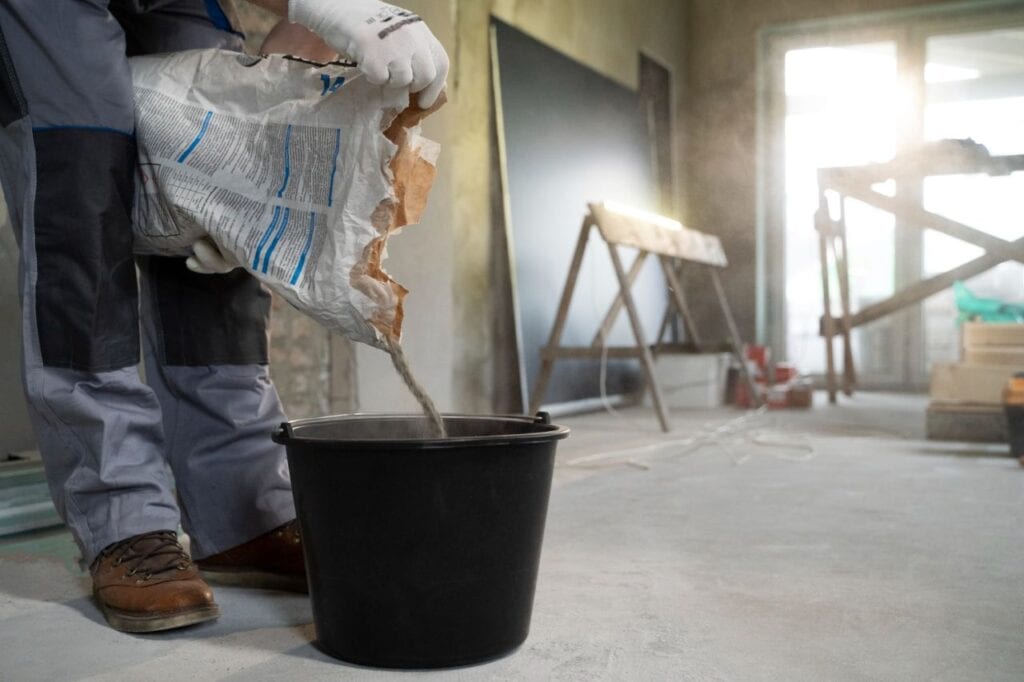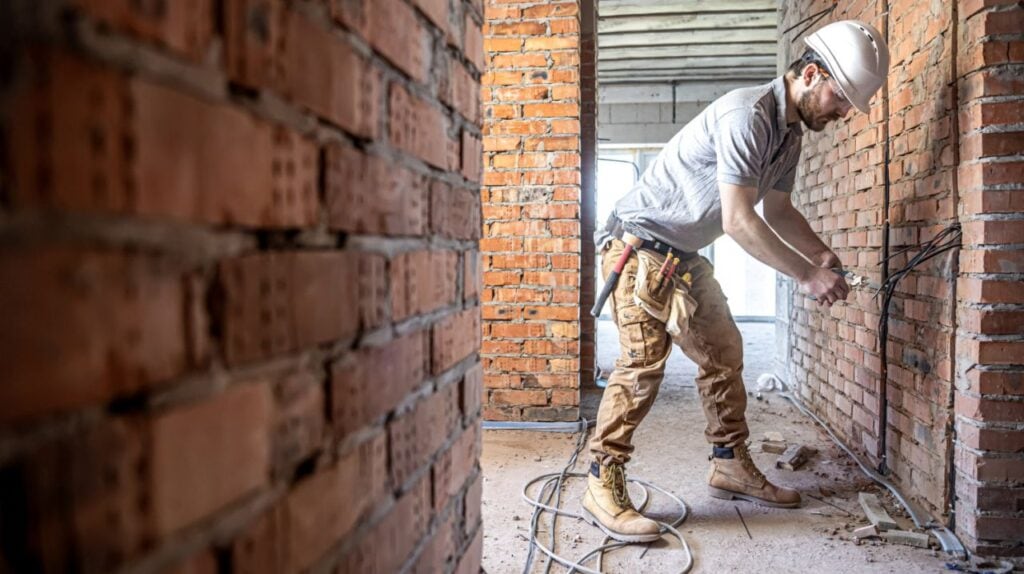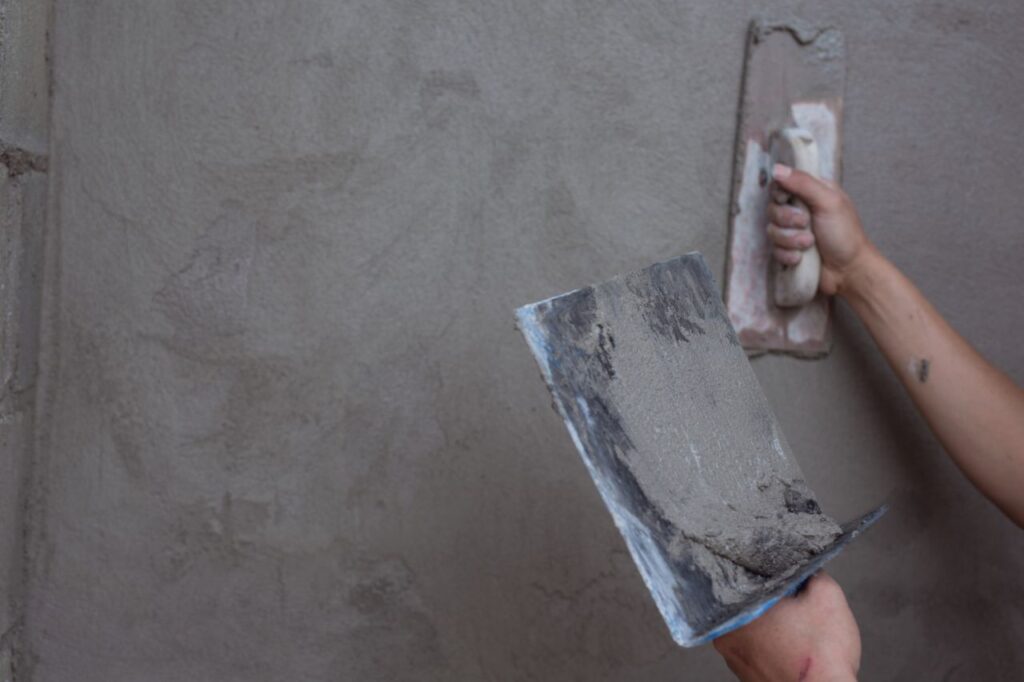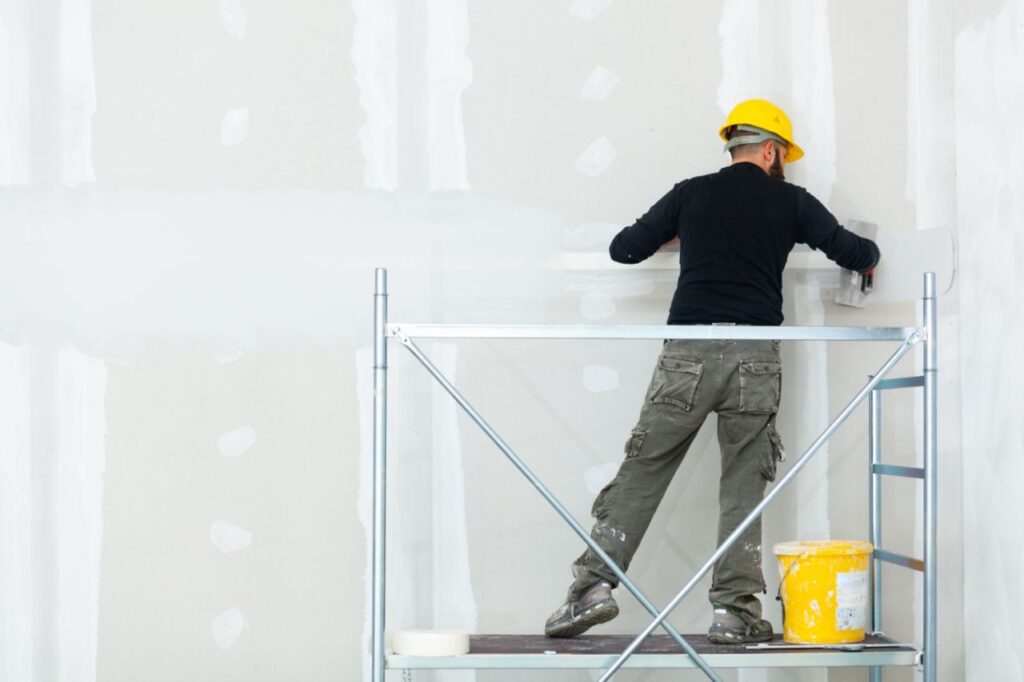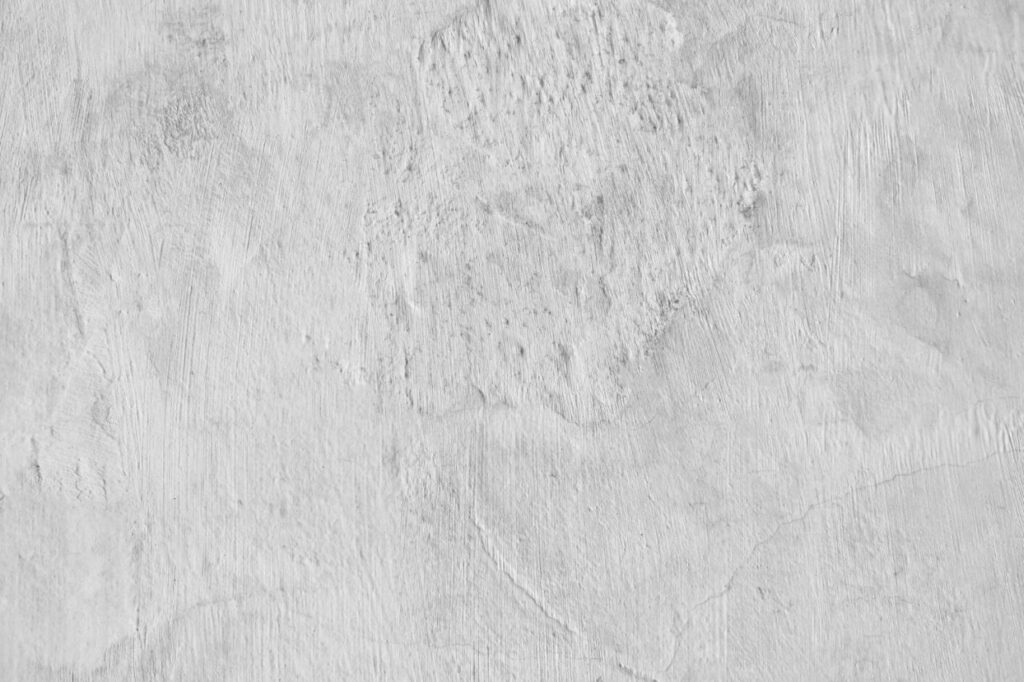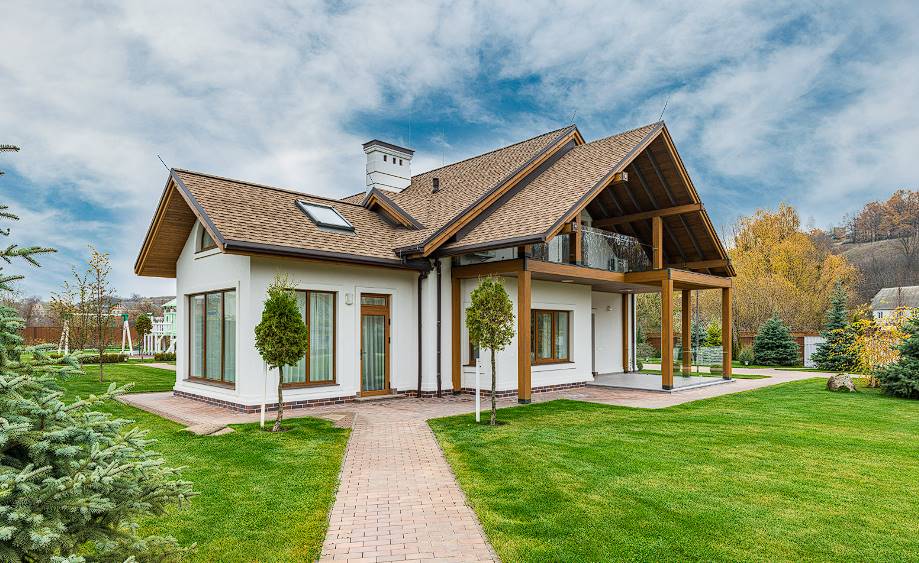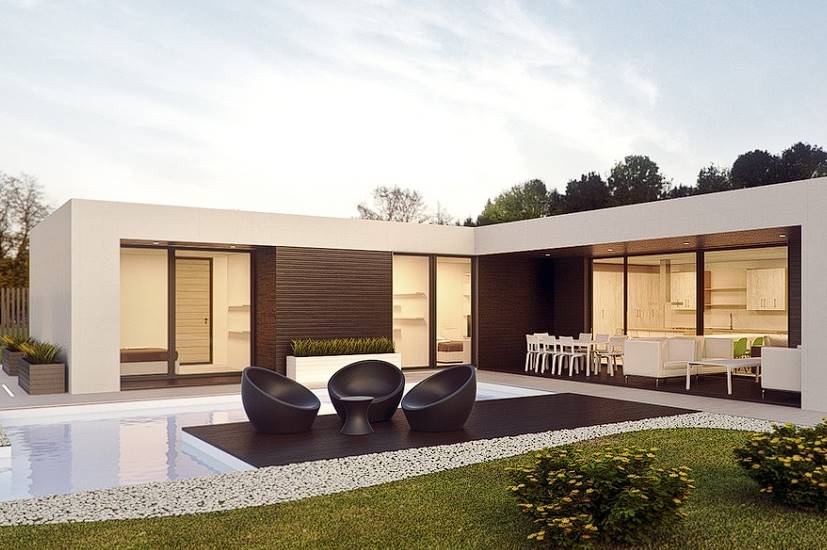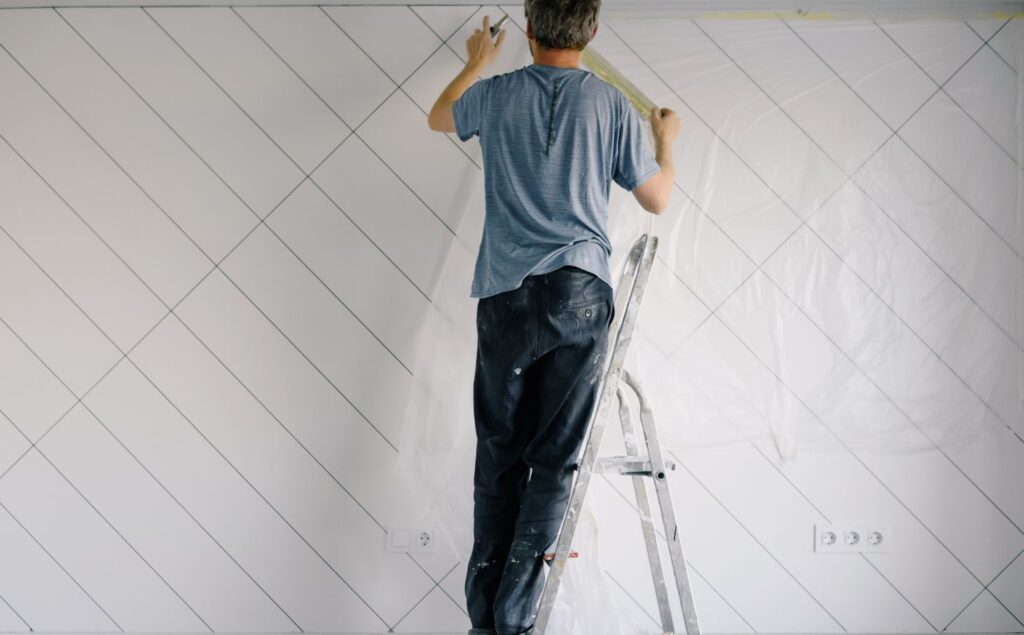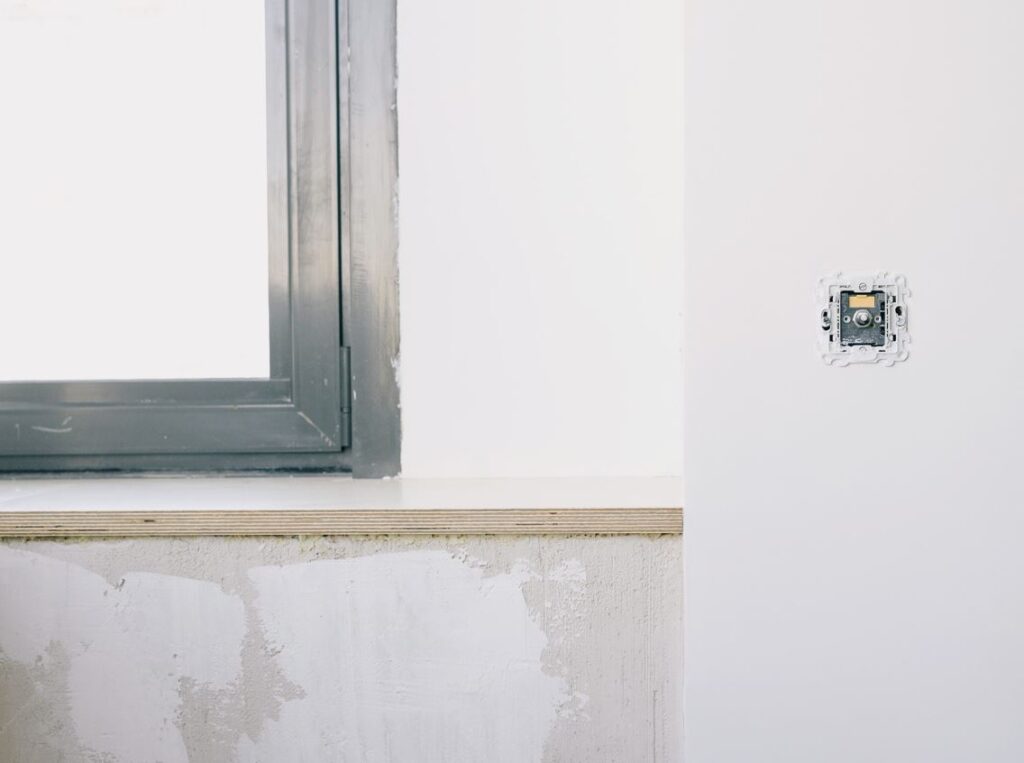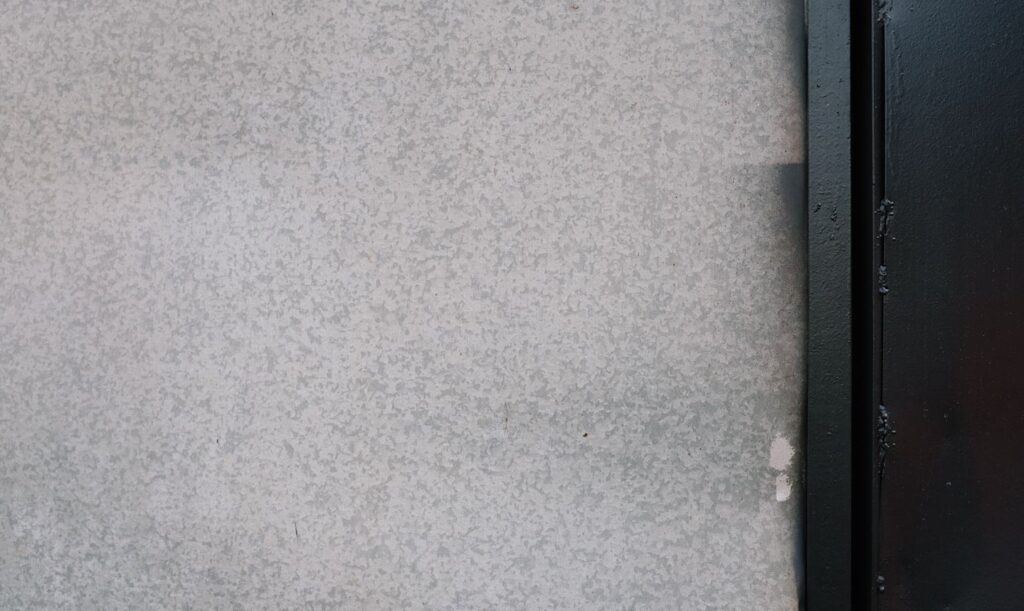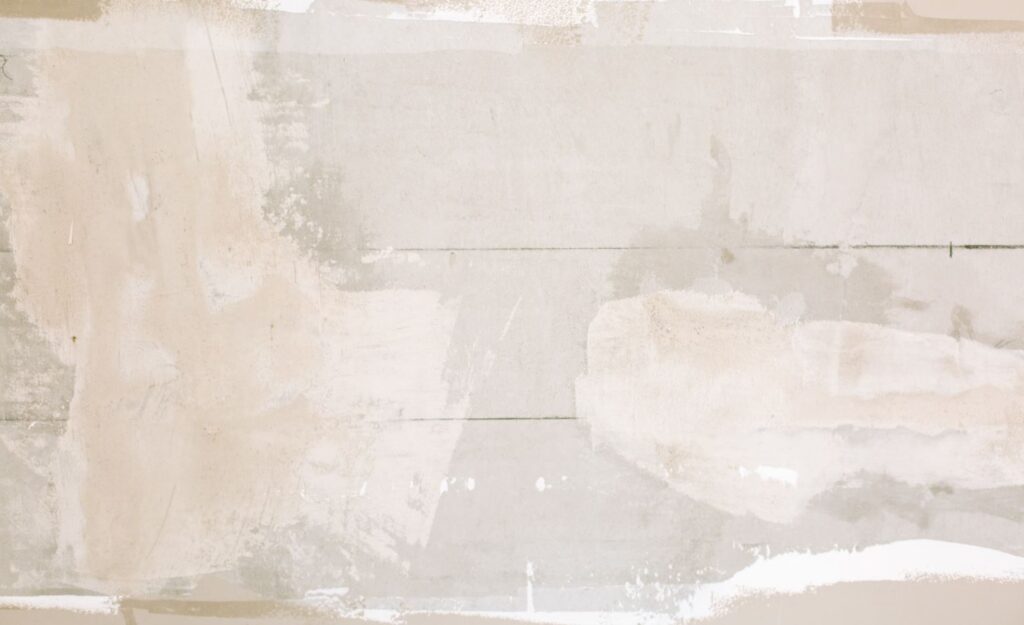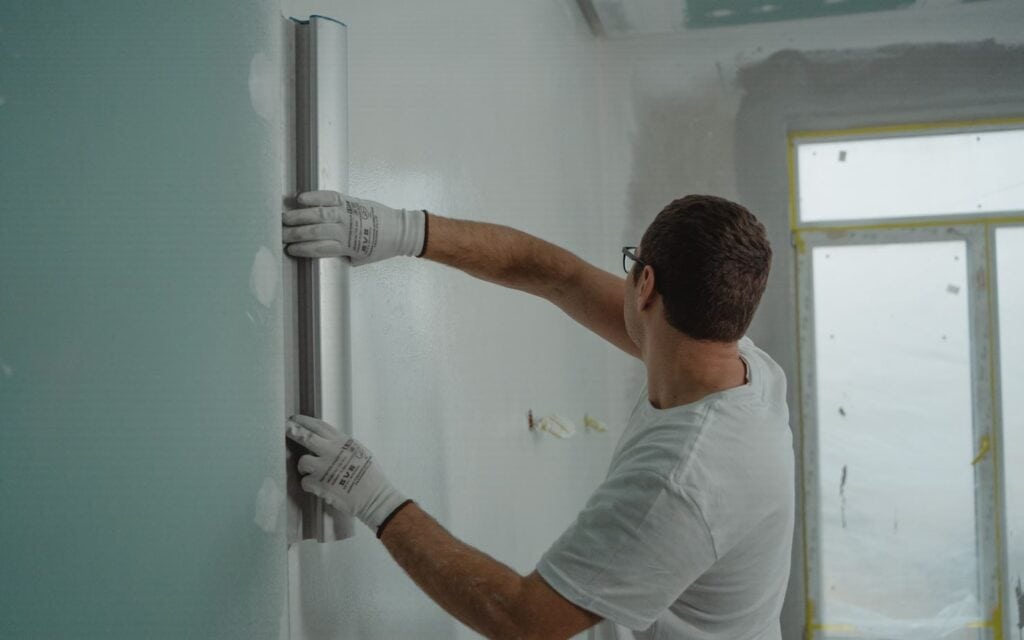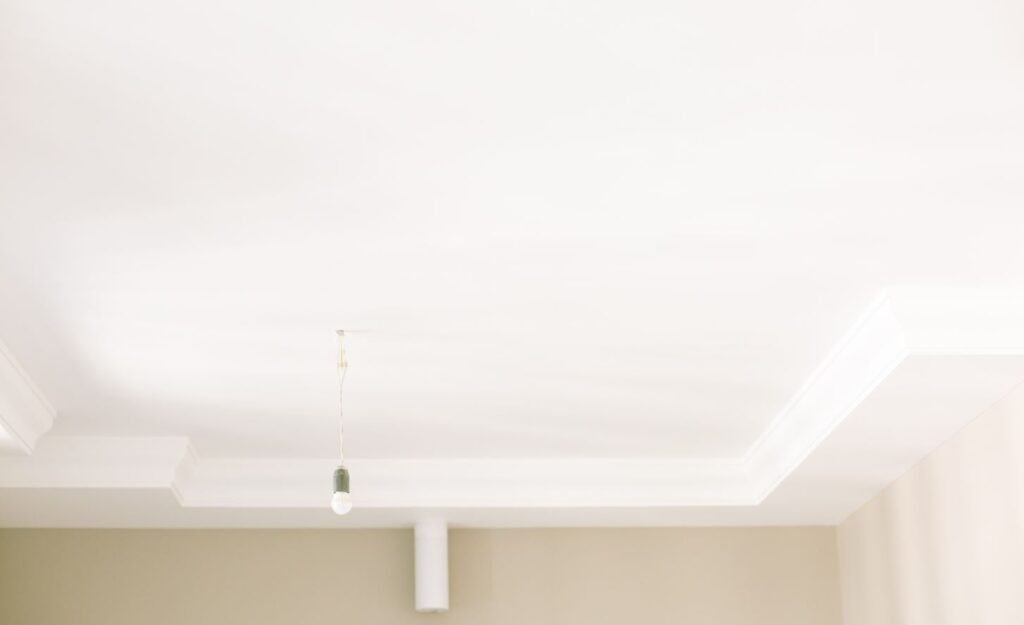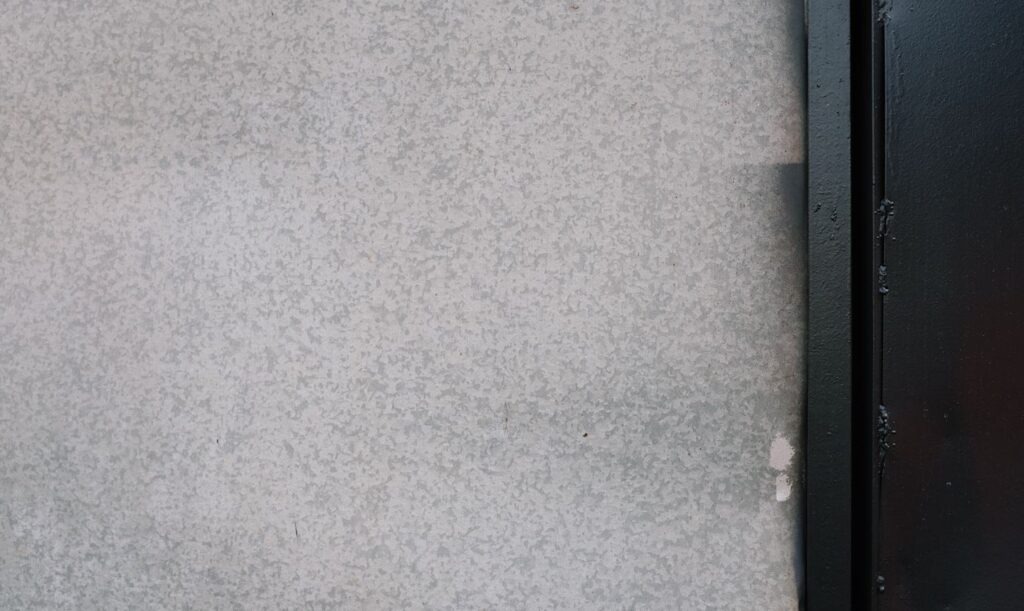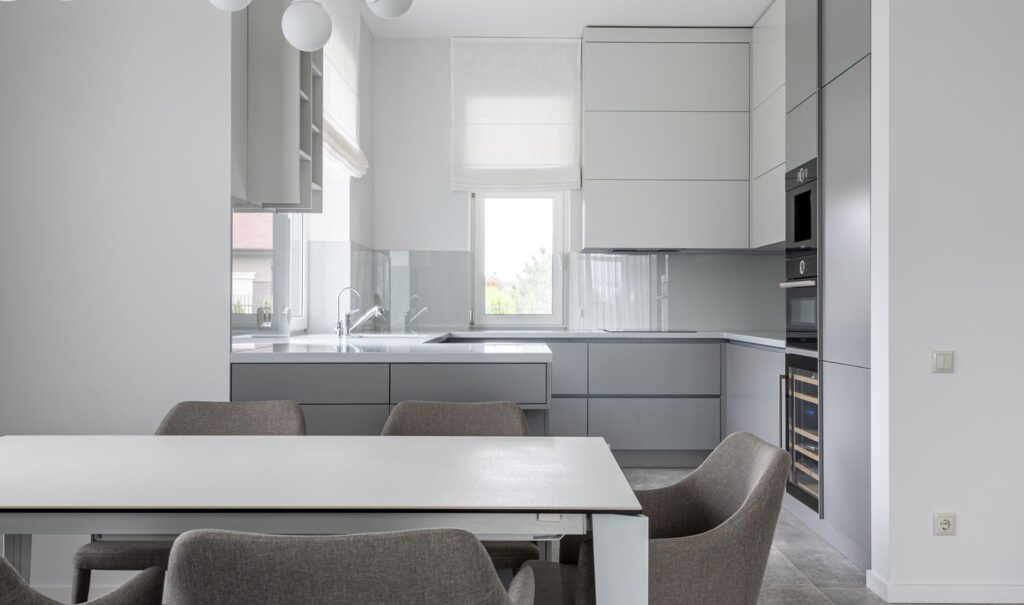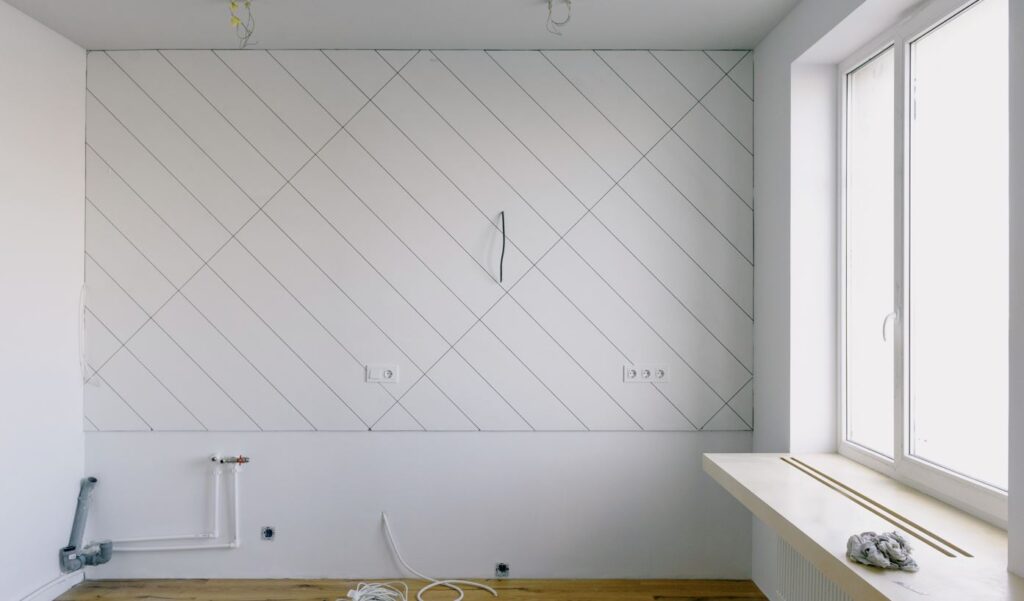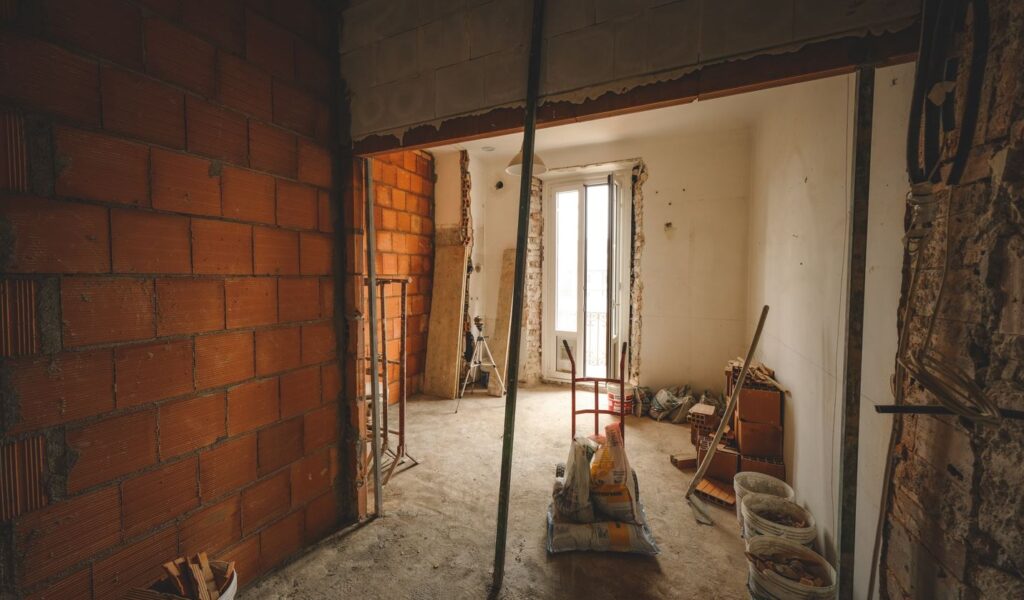Do not disregard ceiling finishes if you wish to add a touch of class and sophistication to your house or workplace. The ceiling is sometimes overlooked when designing a room, yet it may significantly affect the entire space's aesthetics.
Whether your taste runs to the classic or the contemporary, you have a ceiling finish.
This article will discuss several ceiling finishes and how they might improve your home's or workplace's aesthetics.
The Different Types of Ceiling Texture
Numerous hues and finishes are available for ceilings. Ceilings with textures are fantastic because they look different from room to room and can be altered to suit any design scheme.
Because of its often uneven and rougher surface, textured ceiling textures are perfect for rooms needing sound absorption. Because of this, noise is muffled more effectively. In addition, the shadows cast by this ceiling finish provide great dimension to the room.
Ceilings with textures are also more detailed when viewed from specific directions. Depending on the sense of depth they wish to convey, they may be pitched high or low. Ceilings with high levels of detail can be seen from far away, while smoother ceilings are invisible at certain distances.
Here is some background on ceiling textures to help you decide which suits your home.
Textureless Ceiling
Therefore, this type of ceiling texture is created with sheetrock, mud, and tape and is flat. Most contemporary homes have ceilings made of sheetrock, making this a trendy ceiling texture. In addition, most modern residences have flat ceilings.
The special quality of this ceiling texture is its discreet design. Completely smooth ceilings will not have any bumps or uneven spots.
If you're looking for a ceiling finish that will give your room a clean, contemporary feel, go with a flat texture. This texture looks great on drywall ceilings, making a room feel more enclosed.
Coloured Ceiling Texture Paint
Different ceiling finishes, such as painted textures, can provide a wide range of aesthetic effects. Acrylic or oil paint can be used for ceilings. Since painted ceilings may be applied over previously installed drywall, they are a cost-effective option for newly constructed homes.
Painted ceilings are perfect for new construction since they don't require expensive installation and may be painted directly on top of the existing drywall.
DIY ceiling painting is a simple task as well. Simply determine the ceiling height, purchase paint with rollers and ladder or scaffolding, and get to work!
Tiled Ceiling Texture
Drywall ceiling texture, T-bar ceilings and drop ceilings all use a tiled ceiling texture because the tiles can be easily removed and replaced.
This ceiling pattern works particularly well in spacious, well-lit rooms. They cast shadows from lights, giving the impression of additional depth and space. Ceiling tiles are a cost-effective method to complete a room, making them a popular choice for finished basements.
Tiles may completely transform the space aesthetic due to their wide variety of styles, colours, and sizes.
A ceiling made of tiles has a more classic and organic appearance. That's why they go well with contemporary homes' familiar sheetrock ceiling texture. In addition, they can be readily installed as a DIY project for the house.
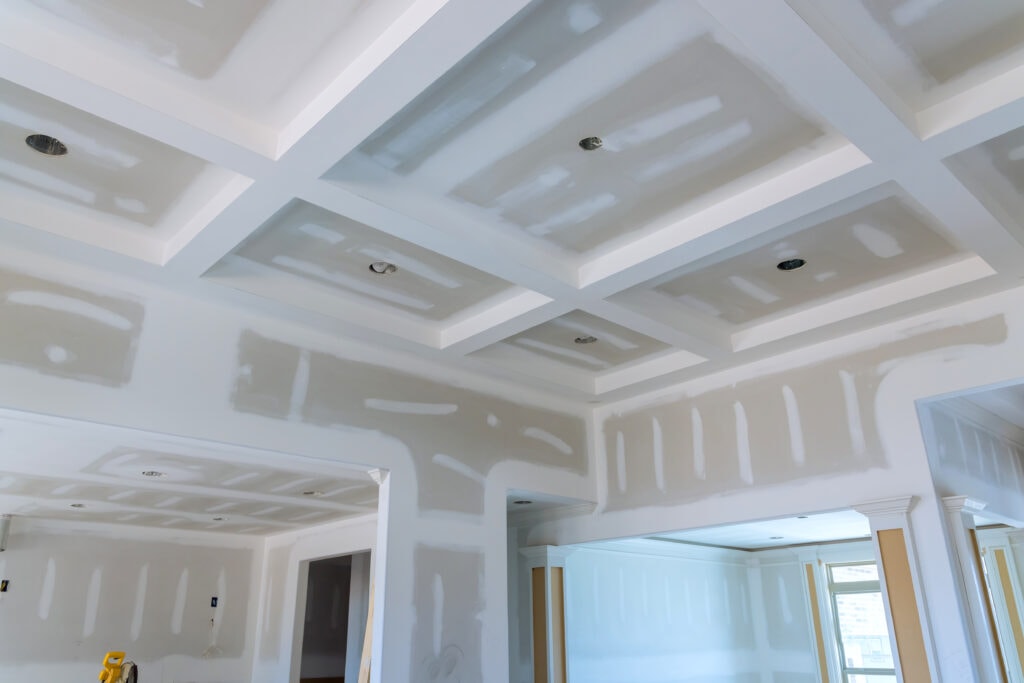
Ceiling with a Glossy Finish
The reflecting sheen of a shiny, smooth ceiling texture makes it a fan favourite. They work wonderfully if you want to avoid glare but don't have a bright environment. Glossy ceilings are smooth and shiny, reflecting a lot of light. You can also apply it to smooth surfaces like drywall ceilings.
They work wonderfully in any location where you want to foster a sense of community, including cooking areas, bedrooms, living spaces, and more. To make a bathroom seem more spacious and clean, try installing a ceiling with a smooth texture.
Plaster Ceiling Texture
Plaster is a smooth surface that combines cement, lime, and sand to create a ceiling. When used in rooms with high ceilings, plaster improves the optical appearance of space by casting shadows from overhead lighting fixtures.
Plaster ceilings can be painted or stained to create a one-of-a-kind look in any room.
Popcorn Ceiling Texture
Popcorn ceilings have been popular for quite some time. When moisture gets trapped between the drywall and the ceiling, it expands and causes the dreaded "popcorn" effect. Popcorn ceilings have become popular in recent decades because of their low cost and ease of installation.
Skim Coat Ceiling Texture
The use of a skim-coat ceiling texture, among other ceiling finishes, can help create a relaxing and soothing environment in the bedroom.
Textured with a pale popcorn or wood pattern, this sort of finish is typically found in residences that employ conventional architectural design types due to the opulent atmosphere it creates. It is widely used in foyers, family rooms, dining spaces, and kitchens as a ceiling finish.
Since skim-coat ceiling patterns don't require extensive drywall finishing techniques, they can improve the look of your home's interior at a low cost.
Frequently Asked Questions About Ceiling
A beam ceiling finish involves exposed beams across the ceiling, adding a rustic or industrial aesthetic to a room. It can be made of various materials, such as wood, metal, or faux beams.
A vaulted ceiling finish features a curved or arched design that creates a sense of height and grandeur. It adds architectural interest to a room and is commonly seen in churches, cathedrals, and high-end residences.
A tin ceiling finish refers to the use of decorative tin panels on the ceiling. These panels are often embossed with intricate patterns and can add a vintage or retro look to a space.
An acoustic or soundproof ceiling finish is designed to minimize sound transmission between floors or rooms. It typically involves the use of specialised materials or insulation to absorb or block sound waves.
A painted ceiling finish involves applying paint directly to the ceiling surface, creating a uniform colour or design. It is a versatile and commonly used option that allows for customisation and can enhance the overall aesthetic of a room.
The Different Types Of Ceiling Finishes
The mood of a space is significantly affected by the ceiling finish. It has the potential to revitalise a room, offer visual appeal, and expand the illusion of space. Let's explore the many ceiling coating options and how they might improve your home's aesthetic.
Traditional Ceilings
Most houses have standard ceiling construction. These ceilings feature a regular drywall coating and are simple to put up because of the inexpensive materials they're constructed of.
Standard ceiling heights range from 8 to 9 feet, are flat and basic, and are designed to accommodate standard building materials.
Lower ceilings make a room easier to navigate but can also make it feel claustrophobic. Adding a few feet to the height of the ceiling can do wonders for a room's aesthetics and the structure's resale value.
However, the price of upgrading normal ceilings is higher because it necessitates the use of non-standard fit materials. You should consider how much you care about aesthetics concerning the price and the resale value.
Dropped Ceiling
The next ceiling on our list is the secondary ceiling, or "dropped ceiling," which is paradoxical given its name.
In addition to its aesthetically pleasing appearance, it is utilised to cover up imperfections such as wiring, pipes, and damage. Both homes and businesses can benefit from dropped ceilings, and they frequently become the room's focal point.
Concave Ceiling
Concave ceilings are those in which the ceiling curves around to meet the wall at its furthest end. If you ever find a ceiling that doesn't have any of the usual 90-degree angles but instead has a pleasant curve, you've hit the jackpot.
This alternative is also available in a wide variety of forms. This ceiling style saves money on crown moulding, modernises the design of a room, and provides a sophisticated look.
Coffered Ceiling
The indentation of the ceiling that gives the coffered ceiling its name was done purely for aesthetic reasons. The main difference from a dropped ceiling is a single recessed panel, usually an octagon, rectangle, or square.
Coffered ceilings are more expensive than regular ceilings and should be installed by experts. Commercial wooden coffered ceilings are easy to spot because of their signature grid of inverted panels, emphasised by moulding. These ceilings are often made to work with conventional T-Bar suspension grids, which streamlines the installation procedure.
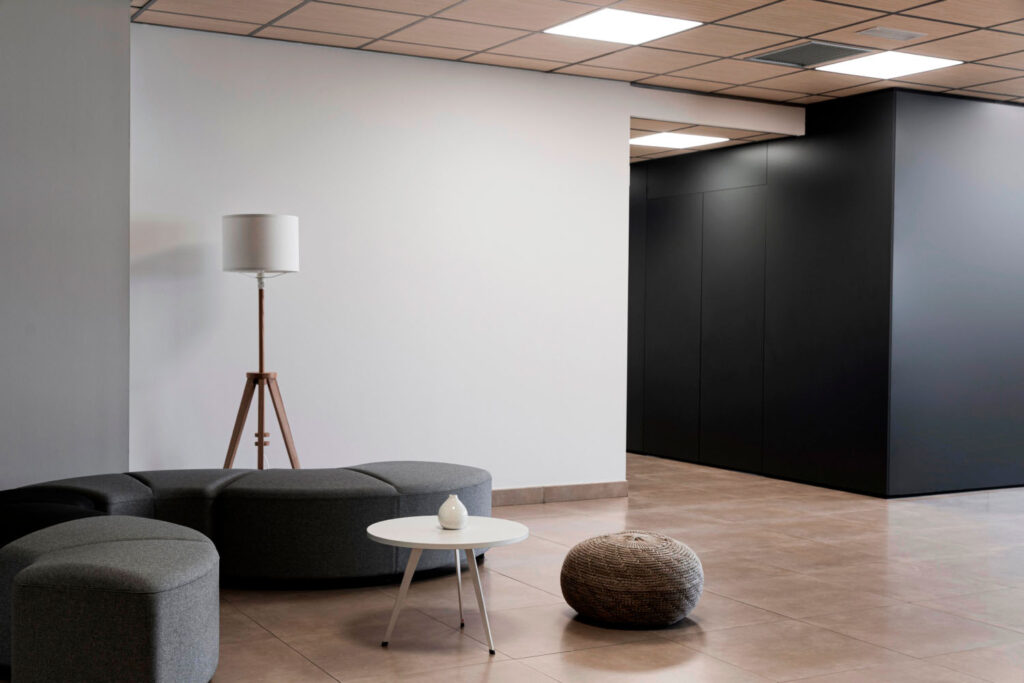
Shed Ceiling
Have you ever entered a house and had the immediate impression of being in your grandmother's attic? If you don't understand, just picture a ceiling that rises unevenly on opposite sides. Attics and vaulted ceilings make this a practical solution for many homes.
The main issue here is that people who are tall could have trouble standing up upright in one room of the house, which is just uncomfortable. However, the insulation it offers is second to none.
Cathedral Ceiling
Large spaces such as dining areas, bedrooms, living spaces, and bathrooms frequently include cathedral ceilings.
Cathedral ceilings, also known as vaulted ceilings, have an inverted V shape, with the point at the top and the sides sloping downward. There are many different materials used to construct these lofty roofs. Planks or panels of linear wood, fastened in a continuous or staggered fashion, are an excellent material choice.
Despite their aesthetic value, their slope, steep design poses unique issues for homeowners and property managers. When designing for our customers, architects consider suspension loads and anchoring methods to guarantee a secure build.
Not only can these ceilings limit airflow, but they also use a lot of power if the slanted frame isn't wide enough. Wood, a natural insulator, is used in this ceiling style because of its beneficial effects on temperature control and cost savings.
Drywall Ceiling
Because of their low cost and ease of installation, drywall ceilings are widely used in apartments, prefab homes, and other types of affordable housing.
Drywall ceilings consist of a gypsum plaster sheet laminated to either fibreglass or thick paper. The final step is drying the combined materials before installation. This type of ceiling is susceptible to damage from moisture and termite infestation but may be easily repaired.
Arching Ceiling
A vaulted or arching ceiling is an arch supported neither by the roof nor the walls of a building. It changes the meaning of the inspirational phrase "taking up space."
Since we live in the age of minimalism, having vaulted ceilings in today's designs makes sense because they help create aesthetic rooms and maximise available square footage. This cap could be difficult to maintain, which is a drawback.
Knockdown Ceiling
Just like popcorn ceilings, knockdown ceilings have a textured surface. This one appeals to us because its methods are grounded in scientific observations of the natural world. Do you remember the stalactite and stalagmite lesson from summer camp?
A knockdown ceiling is made by spraying a watered-down compound up to the fifth wall, allowing it to flow down and form stalagmites that are later scraped off to reveal the desired texture. Covering flaws and giving a room more depth are two of the main advantages of this choice.
Beam Ceiling
Beam ceilings are common in commercial hallways, corridors, and in-home living and dining rooms.
This is a classic ceiling shape that has been given a modern makeover. Beams, typically crafted from hardwoods, are a traditional, rustic aesthetic staple.
Exposed heavy, load-bearing beams on the inside create visual interest by breaking up the monotony of the area. If a beam isn't needed to support weight, it can be replicated in plywood and mitres for decoration instead.
Beamed ceilings are versatile and may be adapted to many decors. Be wary of installing such intricate ceilings in spaces that won't be able to accommodate their scale.
Conclusion
Whether you're trying to spruce up your office or your house, a ceiling finish is a must. They have the potential to dramatically change the way a room looks, regardless of whether it has a traditional or modern design. Dropped ceilings, concave ceilings, coffered ceilings, and shed ceilings are a few examples of the many ceiling finishes out there. Other options include coloured ceiling textures, tiled ceiling textures, glossy ceilings, plaster ceiling textures, popcorn ceilings, skim coat ceiling textures, and glossy skim coat ceilings. Using only sheetrock, mud, and tape, "textureless ceilings" create a smooth, modern look and feel. Textures on ceiling tiles can be readily removed and replaced because they are constructed of drywall, lime, and sand. Ceilings that are glossy and smooth reflect light and foster a welcoming environment.
Finished basements can save money by installing plaster ceiling textures, which can be painted or stained to create a custom design. Popcorn ceilings are often used since they are inexpensive and simple to set up. When applied to bedroom ceilings, skim coat textures can be very calming and comforting. Because of the lavish feeling they give off, they are commonly used in traditional building styles.
Standard ceilings are uncomplicated to set up and can hide blemishes like wiring, pipes, and damage. The purpose of a dropped ceiling is to draw attention away from any flaws in the ceiling or walls below it. A variety of attractive concave ceilings are at your disposal. Coffered ceilings are more costly and need professional installation.
A shed ceiling is a common way to give a room a refined look. Many homes benefit from having an attic or vaulted ceiling, however those who are above six feet tall may find themselves uncomfortable. Cathedral ceilings, often called vaulted ceilings, are triangular in plan and have sloping sides to create an inverted V shape. Their linear wood construction and slanted layout create special challenges for homeowners and landlords. Due to its low price and ease of installation, drywall ceilings are commonly utilised in affordable homes.
Arched ceilings are supported only by the ceiling itself, rather than the roof or walls, making for more visually appealing and functional interiors. Knockdown ceilings are common in public spaces like hallways and corridors, as well as private spaces like living rooms and dining rooms because of its textured surface that was inspired by natural observations. Exposed heavy beams in a beam ceiling add visual interest and can be mimicked in plywood and mitres for decoration, two staples of the classic, rustic design. Beamed ceilings are adaptable and may work with different styles, but their size needs to be taken into account before they are installed.
Content Summary
- Do not disregard ceiling finishes if you wish to add a touch of class and sophistication to your house or workplace.
- The ceiling is sometimes overlooked when designing a room, yet it may significantly affect the entire space's aesthetics.
- Whether your taste runs to the classic or the contemporary, you have a ceiling finish.
- This article will discuss several ceiling finishes and how they might improve your home's or workplace's aesthetics.
- Ceilings with textures are fantastic because they look different from room to room and can be altered to suit any design scheme.
- In addition, the shadows cast by this ceiling finish provide great dimension to the room.
- This type of ceiling texture is created with sheetrock, mud, and tape and is flat.
- Most contemporary homes have ceilings made of sheetrock, making this a trendy ceiling texture.
- The special quality of this ceiling texture is its discreet design.
- If you're looking for a ceiling finish that will give your room a clean, contemporary feel, go with a flat texture.
- Different ceiling finishes, such as painted textures, can provide a wide range of aesthetic effects.
- Acrylic or oil paint can be used for ceilings.
- Since painted ceilings may be applied over previously installed drywall, they are a cost-effective option for newly constructed homes.
- DIY ceiling painting is a simple task as well.
- This ceiling pattern works particularly well in spacious, well-lit rooms.
- Ceiling tiles are a cost-effective method to complete a room, making them a popular choice for finished basements.
- A ceiling made of tiles has a more classic and organic appearance.
- That's why they go well with contemporary homes' familiar sheetrock ceiling texture.
- In addition, they can be readily installed as a DIY project for the house.
- The reflecting sheen of a shiny, smooth ceiling texture makes it a fan favourite.
- Glossy ceilings are smooth and shiny, reflecting a lot of light.
- You can also apply it to smooth surfaces like drywall ceilings.
- To make a bathroom seem more spacious and clean, try installing a ceiling with a smooth texture.
- Plaster is a smooth surface that combines cement, lime, and sand to create a ceiling.
- When used in rooms with high ceilings, plaster improves the optical appearance of space by casting shadows from overhead lighting fixtures.
- Plaster ceilings can be painted or stained to create a one-of-a-kind look in any room.
- Popcorn ceilings have been popular for quite some time.
- It is widely used in foyers, family rooms, dining spaces, and kitchens as a ceiling finish.
- Since skim-coat ceiling patterns don't require extensive drywall finishing techniques, they can improve the look of your home's interior at a low cost.
- The mood of a space is significantly affected by the ceiling finish.
- It has the potential to revitalise a room, offer visual appeal, and expand the illusion of space.
- Let's explore the many ceiling coating options and how they might improve your home's aesthetic.
- These ceilings feature a regular drywall coating and are simple to put up because of the inexpensive materials they're constructed of.
- Adding a few feet to the height of the ceiling can do wonders for a room's aesthetics and the structure's resale value.
- You should consider how much you care about aesthetics concerning the price and the resale value.
- The next ceiling on our list is the secondary ceiling, or "dropped ceiling," which is paradoxical given its name.
- Both homes and businesses can benefit from dropped ceilings, and they frequently become the room's focal point.
- Concave ceilings are those in which the ceiling curves around to meet the wall at its furthest end.
- Coffered ceilings are more expensive than regular ceilings and should be installed by experts.
- Commercial wooden coffered ceilings are easy to spot because of their signature grid of inverted panels, emphasised by moulding.
- These ceilings are often made to work with conventional T-Bar suspension grids, which streamlines the installation procedure.
- If you don't understand, just picture a ceiling that rises unevenly on opposite sides.
- Attics and vaulted ceilings make this a practical solution for many homes.
- Large spaces such as dining areas, bedrooms, living spaces, and bathrooms frequently include cathedral ceilings.
- Cathedral ceilings, also known as vaulted ceilings, have an inverted V shape, with the point at the top and the sides sloping downward.
- There are many different materials used to construct these lofty roofs.
- Because of their low cost and ease of installation, drywall ceilings are widely used in apartments, prefab homes, and other types of affordable housing.
- A vaulted or arching ceiling is an arch supported neither by the roof nor the walls of a building.
- Since we live in the age of minimalism, having vaulted ceilings in today's designs makes sense because they help create aesthetic rooms and maximise available square footage.
- Just like popcorn ceilings, knockdown ceilings have a textured surface.
- This one appeals to us because its methods are grounded in scientific observations of the natural world.
- Do you remember the stalactite and stalagmite lesson from summer camp?
- Covering flaws and giving a room more depth are two of the main advantages of this choice.
- Beam ceilings are common in commercial hallways, corridors, and in-home living and dining rooms.
- This is a classic ceiling shape that has been given a modern makeover.
- Beams, typically crafted from hardwoods, are a traditional, rustic aesthetic staple.
- Exposed heavy, load-bearing beams on the inside create visual interest by breaking up the monotony of the area.
- If a beam isn't needed to support weight, it can be replicated in plywood and mitres for decoration instead.
- Beamed ceilings are versatile and may be adapted to many decors.
- Be wary of installing such intricate ceilings in spaces that won't be able to accommodate their scale.



